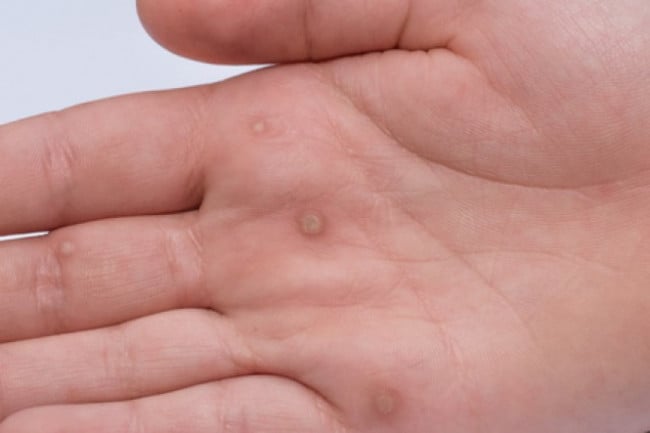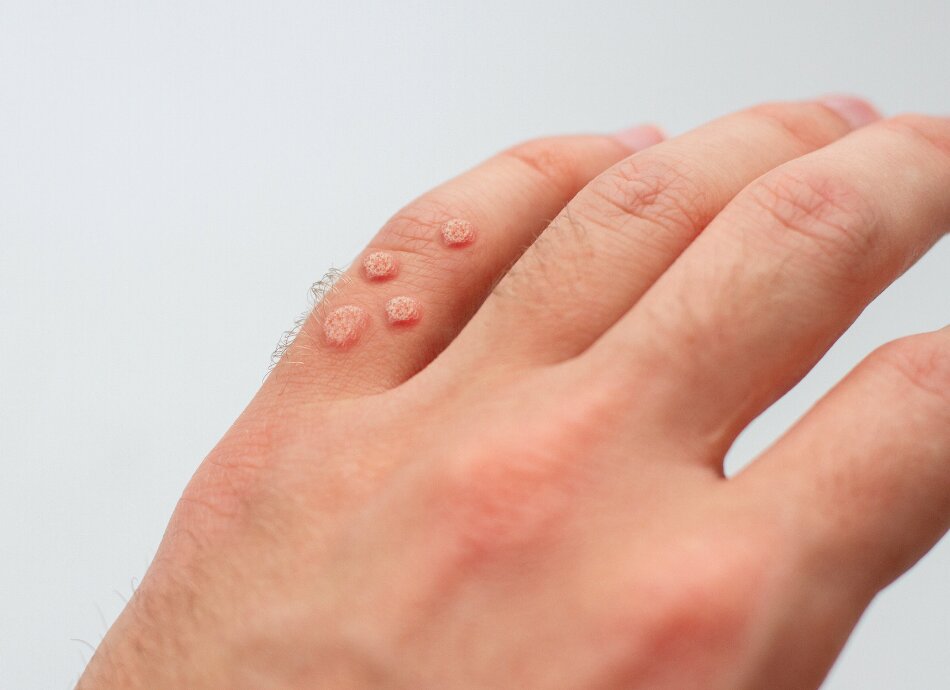Warts are usually harmless and go away without treatment but it may take months or years. For example, in children, half of warts disappear without treatment within 6 months, and 90% (9 in 10) are gone within 2 years. If your warts don’t cause any problems, you don't need to treat them.
Treatment can be helpful if warts are painful, spread too much or you don’t like the way they look. However, treatment can be uncomfortable and may need to be continued for several months.
Some of the treatments used to treat warts include:
- topical paints or gels
- cryotherapy or freezing treatment
- other treatments such as surgery.
Topical paints or gels
Topical paints or gels contain salicylic acid. You can buy these from your pharmacy.
- They are usually applied directly onto the wart once a day for several weeks.
- They work by removing the dead surface skin cells.
- They can cause skin soreness or irritation during treatment.
- About 70% of warts (7 out of every 10) improve within 12 weeks of daily applications.
It is important to carefully follow the instructions on the packaging because applying these treatments to normal skin around the wart can cause skin burn.
Cryotherapy or freezing treatment
This is when liquid nitrogen is sprayed or applied to the wart. Liquid nitrogen is very cold and the freezing and thawing destroys the wart.
- It is normally repeated every 2–3 weeks.
- Freezing treatment is quite uncomfortable and may cause blistering of your skin for a few days or weeks.
- About 70% (7 out of every 10) of warts improve after 3–4 months of regular freezing.
- A hard freeze using liquid nitrogen might cause a permanent white mark or scar. It can also cause temporary numbness.
Other treatments
If the above treatment options don’t clear your warts, other methods such as surgery or laser treatment may be helpful. These treatments are usually done by specialists and only if other options have failed.
Apps reviewed by Healthify
You may find it useful to look at some Skin care (dermatology) apps.







